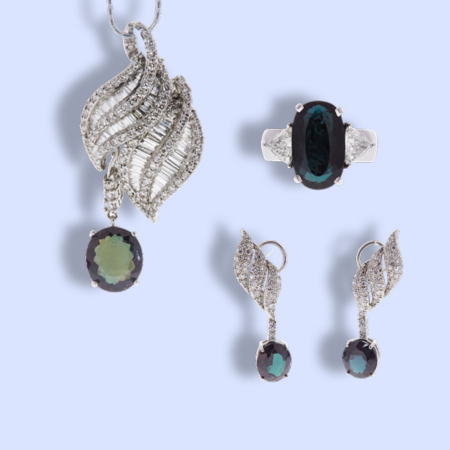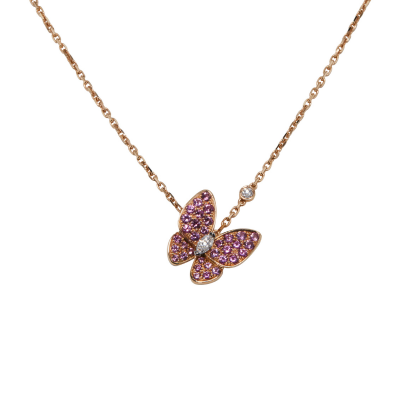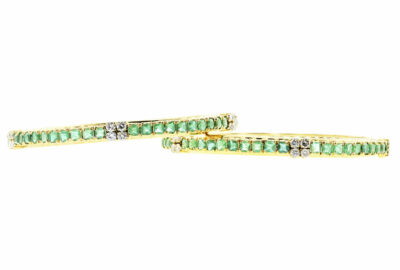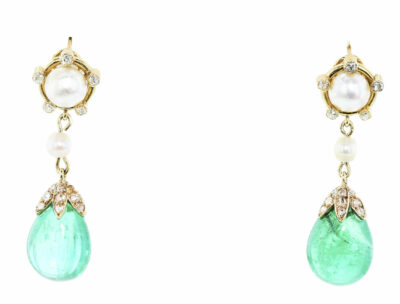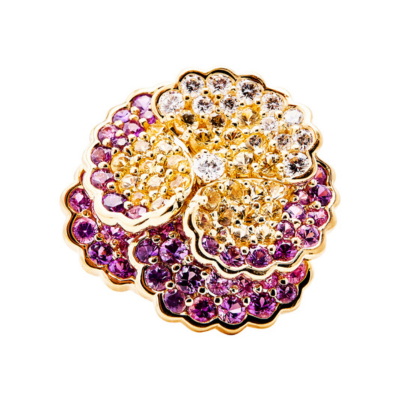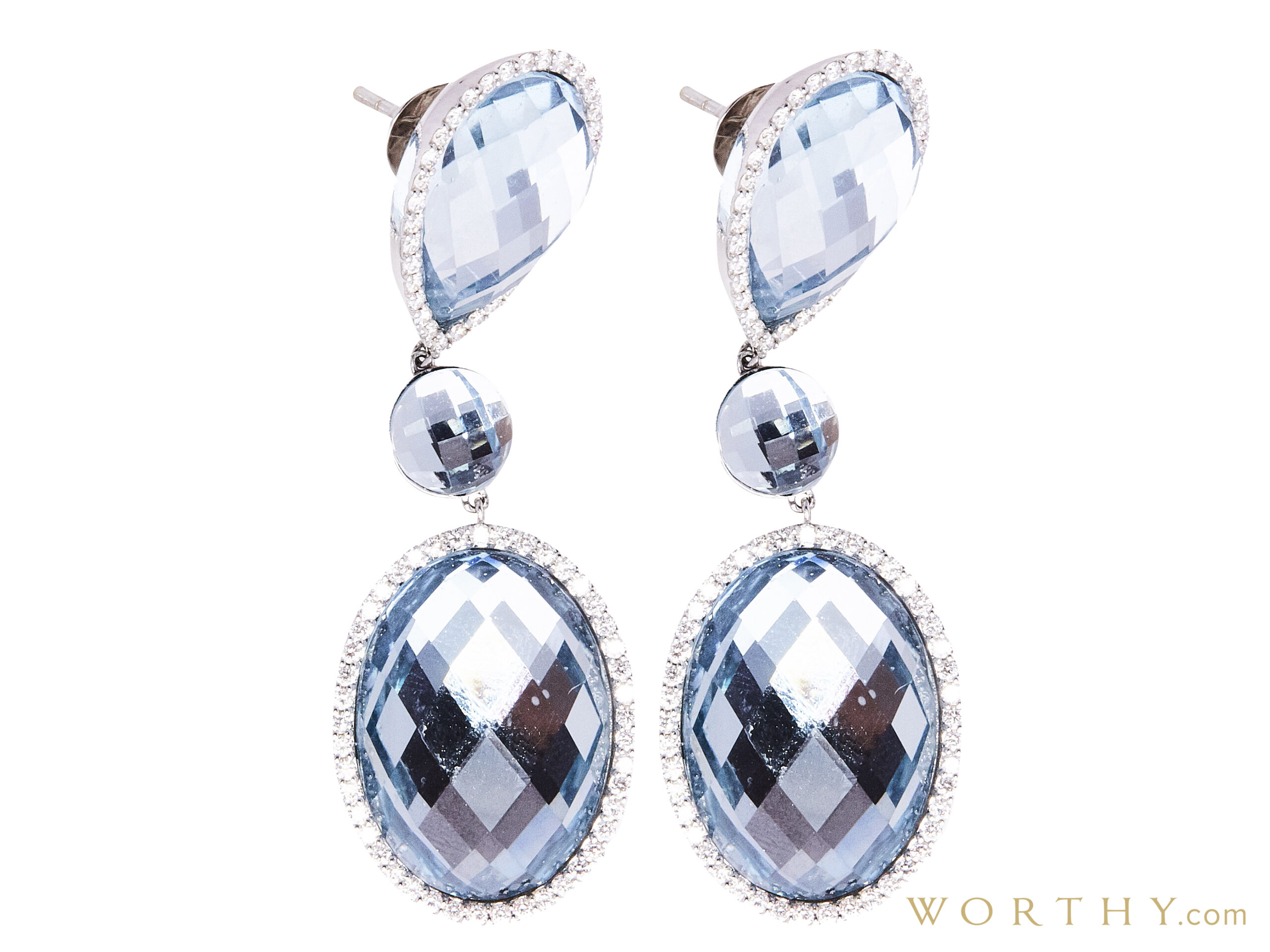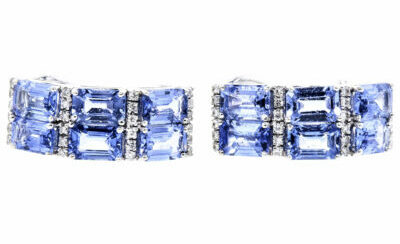Our Shared Success
How to Sell Alexandrite with Worthy

1 Prep for sale

2 Auction online

3 Get paid
- Tell us about your item – answer a few basic questions about your Alexandrite jewelry for our experts to review.
- Shipping – Schedule a secure FedEx pickup from your home or drop off from a FedEx location. Worthy covers all shipping costs plus insured shipping by Lloyds of London.
- Prepare for sale – Our team of experts professionally cleans and photographs your jewelry before sending it out for grading at a third-party lab, such as GIA.
- Online auction – Once you have set a reserve price and started your online gemstone auction, you’ll be able to watch the offers roll in.
- Get paid – When your item has sold, you’ll receive the final sale amount, minus Worthy’s fee, which is a percentage of the sale price.

World-Class Grading Labs
We put our trust in the best diamond grading labs in the world, such as the GIA and IGI, to grade items prior to auction. Diamonds and gemstones sold with grading reports from these top labsare considered more valuable and can command higher prices.
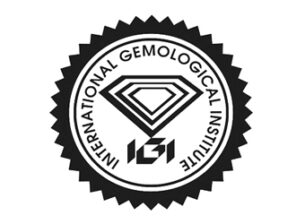
What Is Alexandrite?
Rarity, Coloration, and Source Are The Main Alexadnrite Valuation Factors
Numerous factors affect alexandrite value, including rarity, coloration, and source. Many Brazilian examples display superior purple and red hues, while Russian alexandrite usually displays superior green tones. Ability to display color change is one of the most important valuation factors. Examples of Russian alexandrite are rare as new production is limited and most original Russian-sourced stones are housed in museums and private collections. If you have old Russian alexandrite, your stone is likely of greater value than similar-sized stones from other sources.
When You Sell Alexandrite, Consider Clarity, Cut, and Size Too
Clear stones are typically faceted, while very dark or opaque examples are often cut into cabochons which are often less valuable than faceted stones. Fine alexandrite over three carats often retails for over $100,000. Since all factors are taken together when determining the gemstone’s value, it is vital to work with a top, unbiased gemologist.
Typical Alexandrite Jewelry
Top-quality alexandrite is rarely seen in modern jewelry. Instead, it is typically found in antique Russian jewelry and in some Victorian pieces. Alexandrite was discovered in April of 1834 in an emerald mine in the Ural Mountains. The first gem was discovered on the very day that Tsar Alexander II came of age and is named in his honor. Since its green and red colors are those of Imperial Russia, alexandrite was tsarist Russia’s national stone.
Cat’s-Eye Alexandrite Is The Rarest Cat’s-Eye Gemstone
Unique Characteristics of Cat’s Eye Alexandrite
Demand For Cat’s Eye Alexandrite
One can only imagine how mesmerizing Cat’s Eye Alexandrite gemstones are to those who have an affinity for these gems. They make for excellent jewelry pieces, and they are a terrific store of value asset. These premium quality gemstones fetch a hefty market price with the right buyer, and that’s precisely why you’re advised to sell Cat’s Eye Alexandrite at Worthy, where hundreds of buyers congregate to bid on your valuable jewelry item. As a matter of interest, the price of Cat’s Eye Alexandrite gemstones is evenly matched with those of top-tier sapphires. Armed with the right information, and a reputable online marketplace, you can get top dollar for your Cat’s Eye Alexandrite gems.
Luxury Item Protection
Worthy provides full insurance coverage for every shipment. We trust Lloyd’s of London, a global leader in insurance since 1688, to protect all valuables auctioned on our platform.
Gemstones You Can Sell With Worthy
,919
761 Interested buyers SOLD ,000 179 Interested buyers SOLD We put our trust in the best diamond grading labs in the world, such as the GIA and IGI, to grade items prior to auction. Diamonds and gemstones sold with grading reports from these top labsare considered more valuable and can command higher prices. Numerous factors affect alexandrite value, including rarity, coloration, and source. Many Brazilian examples display superior purple and red hues, while Russian alexandrite usually displays superior green tones. Ability to display color change is one of the most important valuation factors. Examples of Russian alexandrite are rare as new production is limited and most original Russian-sourced stones are housed in museums and private collections. If you have old Russian alexandrite, your stone is likely of greater value than similar-sized stones from other sources. Clear stones are typically faceted, while very dark or opaque examples are often cut into cabochons which are often less valuable than faceted stones. Fine alexandrite over three carats often retails for over $100,000. Since all factors are taken together when determining the gemstone’s value, it is vital to work with a top, unbiased gemologist. Top-quality alexandrite is rarely seen in modern jewelry. Instead, it is typically found in antique Russian jewelry and in some Victorian pieces. Alexandrite was discovered in April of 1834 in an emerald mine in the Ural Mountains. The first gem was discovered on the very day that Tsar Alexander II came of age and is named in his honor. Since its green and red colors are those of Imperial Russia, alexandrite was tsarist Russia’s national stone. One can only imagine how mesmerizing Cat’s Eye Alexandrite gemstones are to those who have an affinity for these gems. They make for excellent jewelry pieces, and they are a terrific store of value asset. These premium quality gemstones fetch a hefty market price with the right buyer, and that’s precisely why you’re advised to sell Cat’s Eye Alexandrite at Worthy, where hundreds of buyers congregate to bid on your valuable jewelry item. As a matter of interest, the price of Cat’s Eye Alexandrite gemstones is evenly matched with those of top-tier sapphires. Armed with the right information, and a reputable online marketplace, you can get top dollar for your Cat’s Eye Alexandrite gems. Worthy provides full insurance coverage for every shipment. We trust Lloyd’s of London, a global leader in insurance since 1688, to protect all valuables auctioned on our platform.
Van Cleef & Arpels Butterfly Pendant in Rose Gold, Diamond and Pink Sapphire
Purple, Pink, and Yellow Sapphire Diamond RingOur Shared Success
How to Sell Alexandrite with Worthy

1 Prep for sale

2 Auction online

3 Get paid

World-Class Grading Labs

What Is Alexandrite?
Rarity, Coloration, and Source Are The Main Alexadnrite Valuation Factors
When You Sell Alexandrite, Consider Clarity, Cut, and Size Too
Typical Alexandrite Jewelry
Cat’s-Eye Alexandrite Is The Rarest Cat’s-Eye Gemstone
Unique Characteristics of Cat’s Eye Alexandrite
Demand For Cat’s Eye Alexandrite
Luxury Item Protection
Gemstones You Can Sell With Worthy
